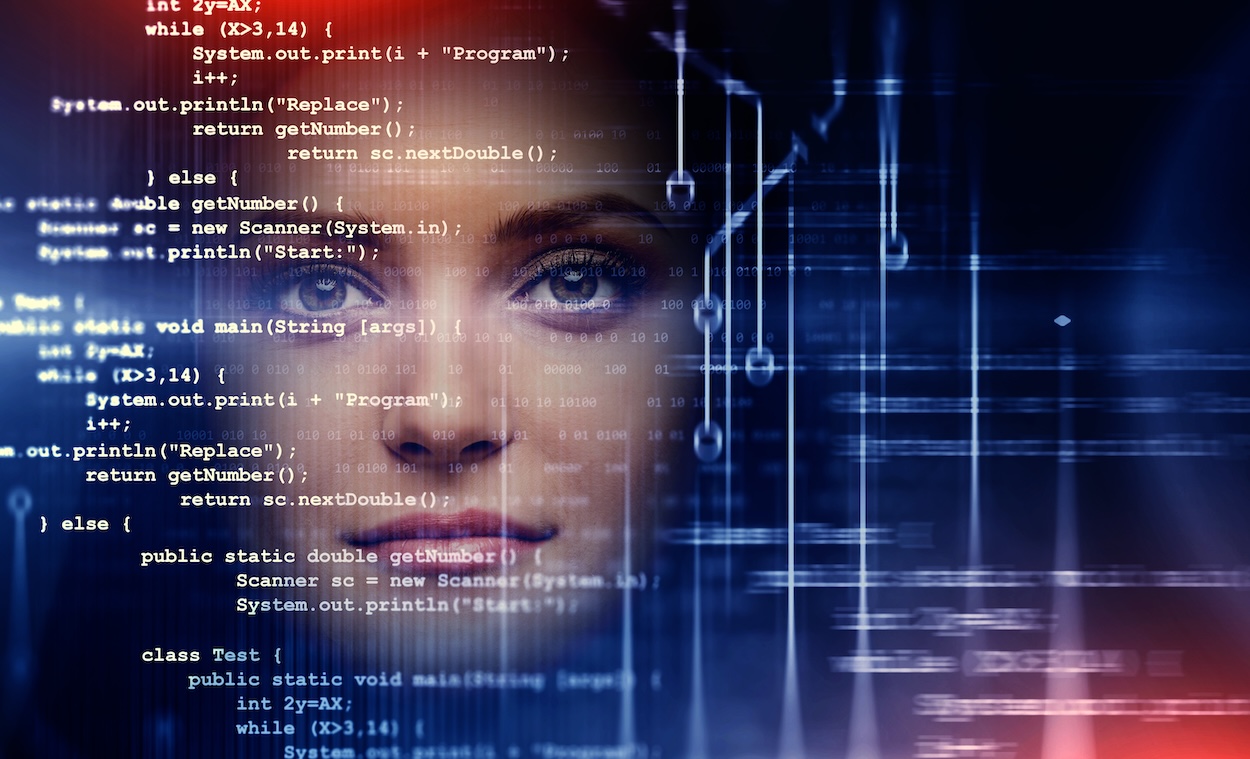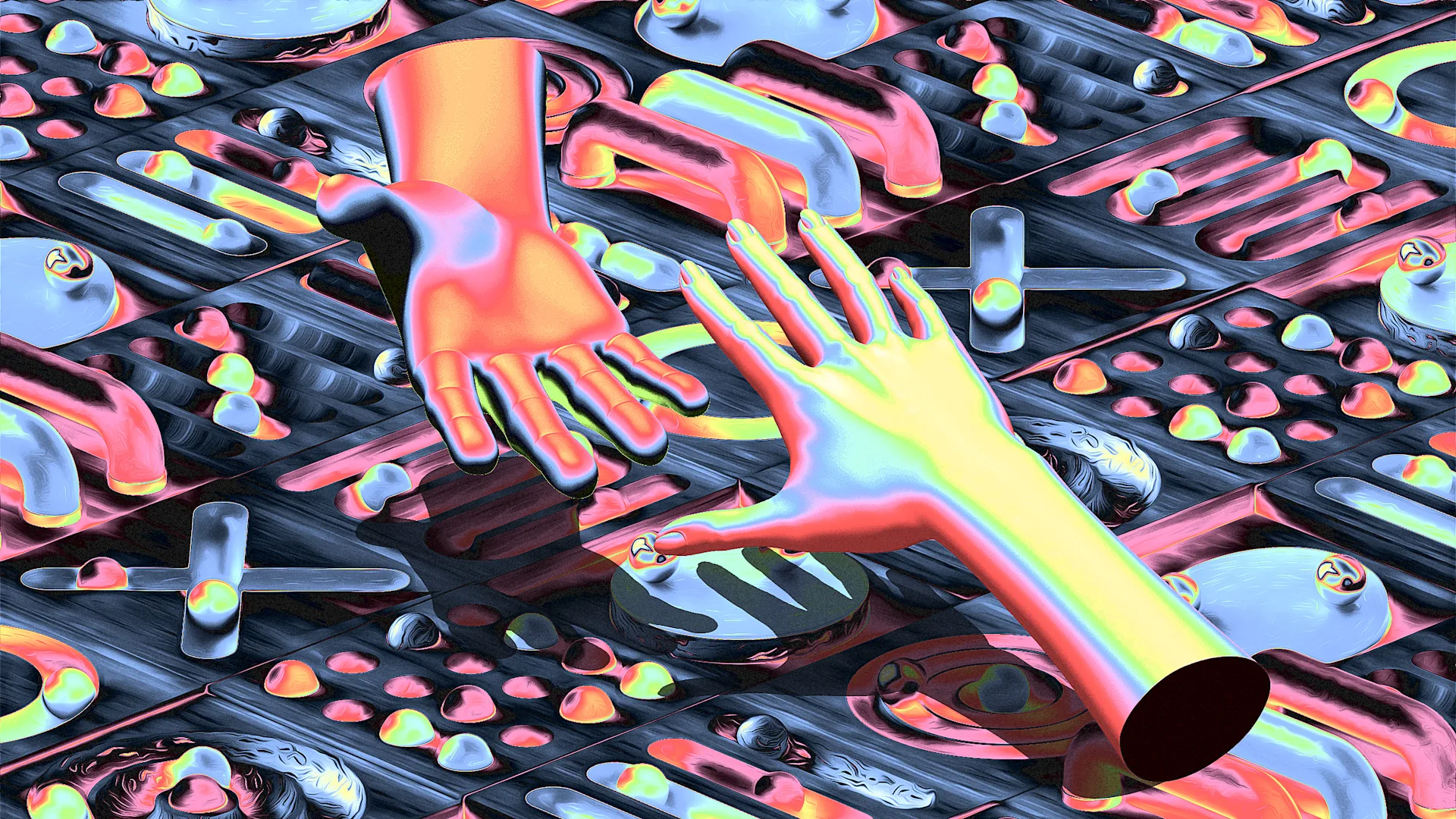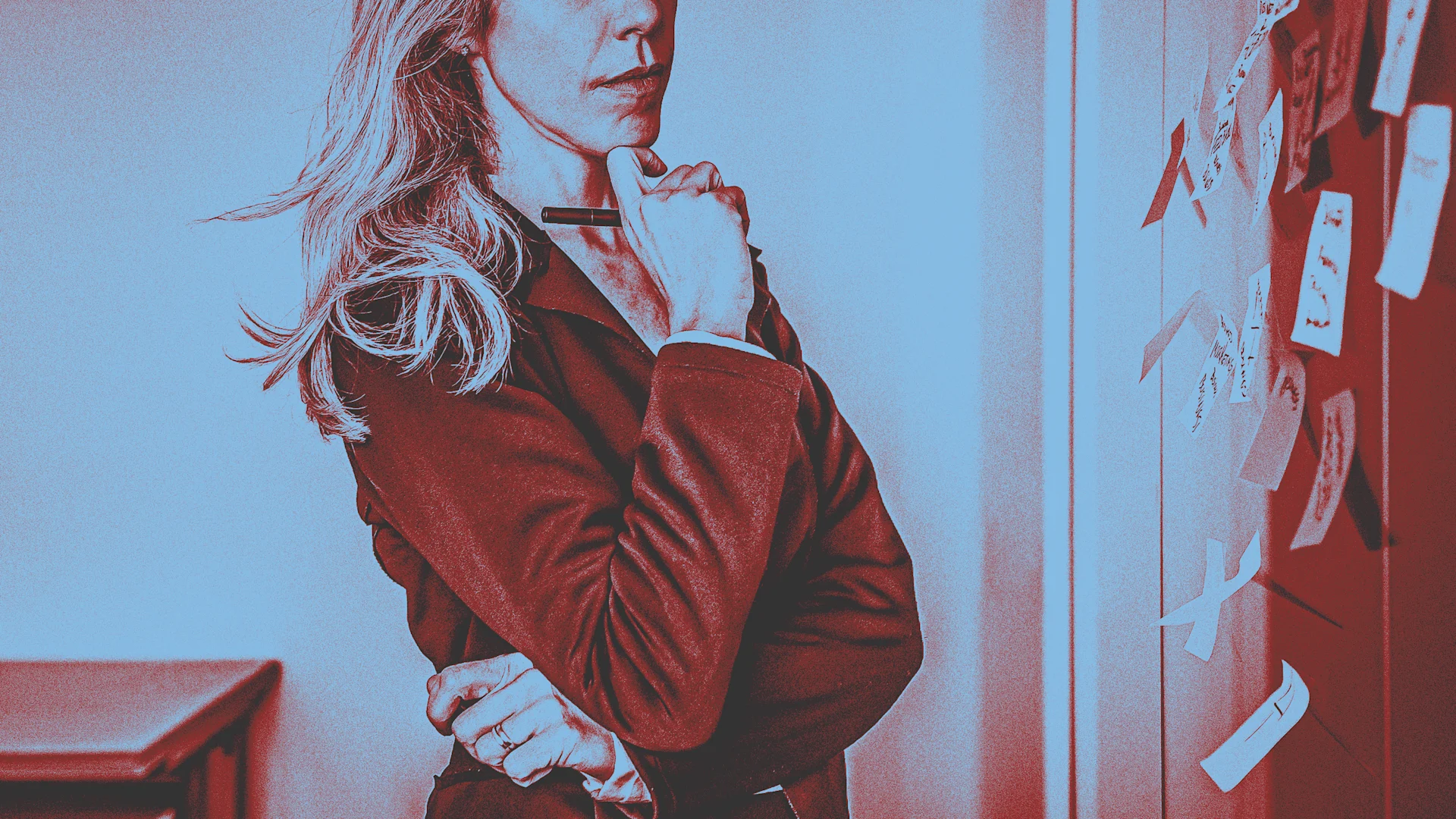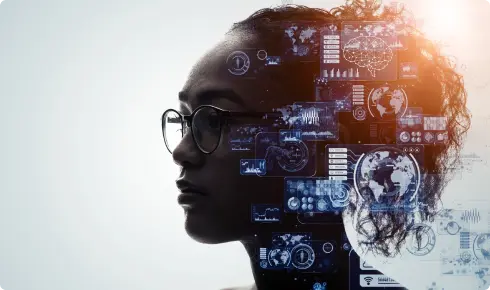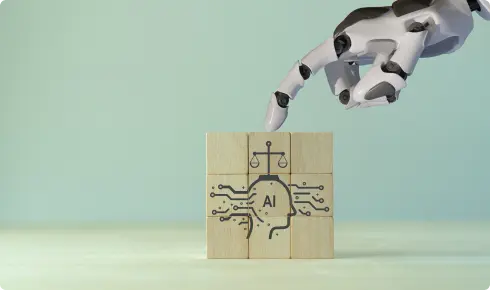How to reclaim agency in a world increasingly shaped by AI.
KEY POINTS
- AI subtly shapes human decision-making.
- Algorithmic dependence erodes self-trust and autonomy over time.
- Digital mindfulness builds confidence in personal instincts over AI reliance.
Think about the last time you opened Netflix. Did you scroll through countless options or go with a recommended title? When you log into social media, do you decide what to see, or does an algorithm dictate your feed? When shopping online, do you browse freely, or focus on top-listed, AI-suggested items?
If you’re anything like me, most of the time, you go along with what the algorithm recommends. This is such common behavior that psychologists have given it a name: “algorithmic dependence.” As the name suggests, the term refers to our growing tendency to outsource decisions to systems designed to predict and steer our behavior.
Now, there’s nothing inherently wrong with accepting algorithmic suggestions. In many cases, they save time and reduce decision fatigue. But like water slowly carving stone, repeated reliance on AI recommendations can erode our capacity for independent judgment and even our sense of self. Over time, such reliance not only affects the quality of our choices but also undermines our ability to trust our own instincts.
When algorithms subtly shape our actions without our awareness, we risk drifting further from our authentic selves.
Reclaiming Our Agency
Let’s first define human agency: It is the capacity to make intentional, conscious choices and take purposeful action. It reflects autonomy, self-awareness, and the power to act in alignment with our values.
Exercising agency requires that we actively shape ourselves through deliberate choices, rather than being passively shaped by algorithms, social norms, or external pressures. Here are three practices that help preserve personal agency in the age of the algorithm:
Practice Intentional Pauses
Zen tradition calls it “ma”—the meaningful space between moments. Before accepting a recommendation, pause and ask, ‘Would I have made this choice on my own?’ This short reflection brings awareness to your decisions and strengthens your inner clarity.
Example: You’re on YouTube, and autoplay cues up another video. Instead of watching mindlessly, you pause and realize you’re not truly interested. You close the app and go for a walk instead, choosing awareness over automation.
Cultivate Digital Mindfulness
Inspired by the Buddhist practice of “sati” (mindfulness), digital mindfulnessinvolves intentionally choosing some decisions to make without technological assistance. Try picking a book, restaurant, or outfit without relying on reviews or ratings.
Example: Instead of checking Yelp, you walk into a neighborhood café that catches your eye. You scan the menu, feel the vibe, and decide to try it. The experience builds confidence in your own preferences and instincts.
Develop Strong Internal Values
Confucian “jen” (human-heartedness) encourages decisions rooted in compassion and ethics. When we reflect on our deeper values, our choices become more meaningful and less reactive to outside influence.
Example: A shopping app tempts you with fast-fashion deals. But you’ve committed to sustainable living. Rather than click impulsively, you take a moment to seek out a more ethical brand—one that aligns with your principles, even if it takes more effort.
Serendipity, Trust, and the Human Journey
The aim is not to reject AI but to relate to it consciously. This means:
- Choosing when to use technology—and when to act independently
- Remaining aware of how algorithms influence our thinking
- Practicing independent judgment regularly
- Encouraging others to reflect on their choices, too.
Autonomy isn’t just about resisting automation. It’s also about staying open to life’s mystery. It’s worth recalling the ancient story of The Three Princes of Serendip. These young travelers, seeking glory, disguised themselves and journeyed without royal privilege. Along the way, through hardship and openness, they discovered beauty and wisdom they weren’t looking for. Their tale gave us the word “serendipity”—finding value in the unexpected.
Serendipity doesn’t belong just in old fables. When I left home at 17 for the U.S., I didn’t speak English fluently and knew no one. A woman I briefly met on the flight introduced me to her family, who offered me shelter and support.
No algorithm would have recommended either of our actions. An algorithm would not have told me to leave home at 19; an algorithm would not have told the woman to open her family’s doors to a youthful stranger. It was a moment of grace, a moment of humanity—and a defining moment in my own life. Utterly unplanned, totally unpredictable, it gave me the footing I needed in a land I did not know.
This story continually reminds me that some of life’s most defining moments can’t be predicted or optimized. They emerge when we allow uncertainty, listen to our intuition, and trust in the unfolding process.
Conclusion
To be human is to choose. It is to exercise the human capacity for intentional action, the ability we have been given to be the authors of our own lives. If we want to retain this distinctively human value, we need to be intentional about how algorithms figure in the choices we make. As AI becomes more embedded in our lives, we must actively preserve our decision-making capacities.
But to be human is also to recognize that there is a realm that is beyond the power of decisions. It’s the realm of mystery and wonder, of unpredictable blessings and fierce grace. It is the realm of the Princes of Serendip and the kind woman on the plane. To be human is to remain open to this realm—to wonder, to trust—and to remain open to the unexpected.
Let us move through this algorithmic era with clarity, compassion, and courage rooted in our values, guided by our wisdom, and ready for the beauty of the unknown. This is how we reclaim our freedom.
This is how we remain human.
[Source Photo: Shutterstock]
Original article @ Psychology Today.
